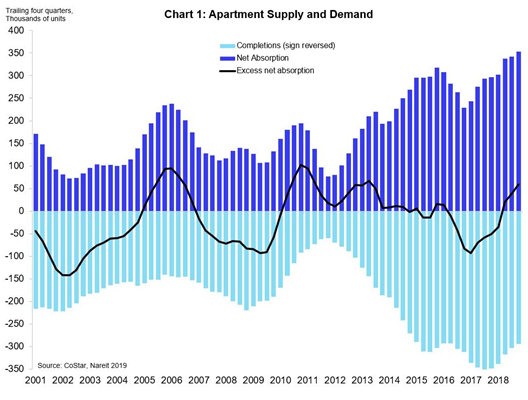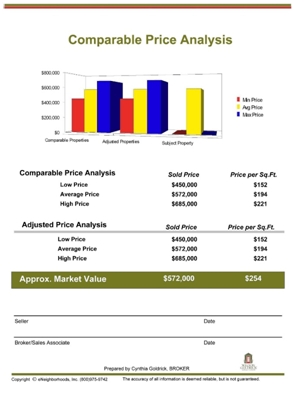A quick glance at well-staged photos of houses for sale will do the trick in attracting potential buyers. But, it will take more than good lighting and square footage to reel in actual buyers. Passive real estate shoppers go for how a house looks; serious home buyers want to see numbers, but not in the real estate jargon. This means converting relevant numbers and statistics into a visual representation that day-to-day consumers can understand, regardless of economic status, educational background, or relationship status.
Before we delve into how to sell houses better using graphs, be assured that the part where you will need to create a graph is the most straightforward bit. Thanks to numerous websites that offer graph makers, the only hard part is choosing the most suitable design. Now that that’s covered, read on to see how you can use graphs to up your real estate game.
Contents [show]
Understanding the market: Buyers’ vs Sellers’ Market
In a saturated market where a shift from buyers’ to sellers’ market can be instantaneous, it helps to know where you, as a seller, stand in the market. In addition, having a full grasp of what demand is currently dominant will help you as a real estate agent approach the right angle on how to effectively sell more houses to your target buyers. So, before doing anything else, look at what market we are in now: is it sellers’ or buyers’?
What data should be presented as graphs?
Let’s face it, as much as we want to create as many visual presentations as possible to get information out quicker. It is just damaging to bombard clients and audiences with every nuance of data possible. So instead, focus on the most sought-out information from buyers. We’ve compiled the most common below.
History of residency
Buyers are always keen to know the history of their potential home or the area they are looking for. And yes, that means turning relevant residential history or current data into useful graphs. However, we are interrupting your thoughts of, “That cannot be done with every single property we sell!” as we reiterate that graph makers will take care of that process for you. So what do home buyers want to know about a property?
- Purchase vs turnover rate (duration of stay of previous owners)
- Status of properties (new listings, under pending contracts, sold, etc.)
- Homeownership rates and neighborhood/community type
- The average price for homes in a specified area
Value change
Value change occurs when the real estate market changes in general. Property prices go up when the demand is high, and it goes down when the demand is low. Other factors influence value change, as well. This can be hard to track for buyers, especially for new buyers or those who just don’t know where or how to look. Convey the data from the value change into a bar or line graph for easy understanding from the buyer’s side. This type of graph can effortlessly show trends of value changes and can supplement your angle to close that sale. You can convert value change data into graphs based on the average house prices per location (city, county, or state) or per annual house price change.
Mortgage Rates & Debt
Unless your buyer is well-off, most people dip into their savings or other sources of income to qualify for a loan, let alone afford a low mortgage rate. The number one concern for anyone looking to purchase anything is affordability. That includes the average income needed to afford a new home, the minimum amount required to get approved a loan, average mortgage payment, and down payment needed to get the lowest interest rate possible. Although you might think, “that’s a mortgage broker’s job”, it will help your real estate business in the long run if you include mortgage rate stats and data for your audience’s information.
Multiple Listing Services
Multiple Listing Services (MLS) is a godsend for both real estate agents and buyers alike. Buyers want to see as many details as possible when they are in the market to buy a home, and MLS has these details for them. As real estate agents, you can utilize this service to highlight data that will encourage buyers to buy by showcasing it in a graph. You can export data of the comparative market analysis, organize and analyze it, then convert it into an understandable real estate market graph that buyers can digest quickly and easily.
Educating the market — whether these are the sellers or buyers — about the current condition and trends in real estate can only benefit a better economy in buying and selling properties. Taking advantage of pre-made templates for graphs, charts, or even the more challenging infographics or animation can help real estate agents convey how valuable properties are and why buyers should purchase now. Design-solutions websites, like Venngage, offer free basic templates to use, and even 24/7 online support should assistance be required.














